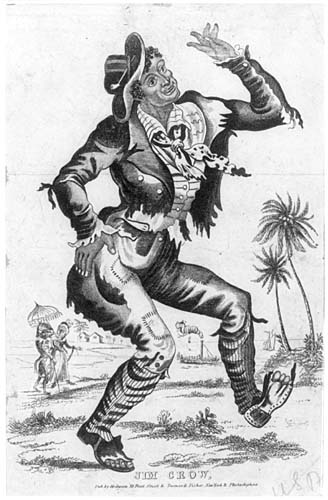Venue Type & Location
Lecture Hall
Overview
Beth Marquis
Troupes at Athenaeum and Mechanics' Institute
| Film | Affiliated people | Film Type | # of event(s) |
|---|---|---|---|
| American Serenaders (1850) | Juba, | Minstrel | Definite American Serenaders (1850) |
Events at Athenaeum and Mechanics' Institute
| Event | Date | Venue Location | Film |
|---|---|---|---|
| Minstrel Show | - | Sheffield, Yorkshire: West Riding | American Serenaders (1850) |
| Minstrel Show | - | Sheffield, Yorkshire: West Riding | American Serenaders (1850) |
Bibliographic Sources
- Sheffield Times March 30, 1850: 1: 5 (2nd relevant ad).Info in Record:
- additional performances at venue
- venue description/décor/performance environment
- venue staff
- Sheffield Times April 6, 1850: 6: 3.Info in Record:
- venue description/décor/performance environment
- Sheffield Times April 6, 1850: 1: 5.Info in Record:
- venue description/décor/performance environment
- p232-235; Referenced in University of Bristol, Barker Collection
- Sheffield & Rotherham Independent July 17, 1847:
- East Ardsley, Wakefield: EP Publishing Limited, 1978
“The history of the site on which the present City Library and Graves Art Gallery now stand is one of great interest. Some time between 1736 and 1768 Henry Tudor Built a house, together with a silver-plating works, at the northern end of Alsop’s Fields, a stretch of land bounded on one side by Norfolk Street and Little Sheffield Moor, and on the other by the River Sheaf. When the town began to grow at the beginning of the industrial era, Alsop’s Field was one of the first stretches of land to be built upon, and in 1789 the land belong to Henry Tudor was enclosed by Arundel Street, Surrey Street and Sycamore Street. Henry Tudor died in 1814, whereupon his estate was bought by Rowland Hodgson, who sold part of it in 1822 to shareholders of the Music Hall. This building was the chief concert and exhibition hall in the city and remained so until 1910. Meanwhile, around 1822, the original estate was further divided by the making of Tudor Place, and Henry Tudor’s house was soon surrounded by a motley of small buildings. Among these buildings was a house near the eastern end of Tudor Place which between 1832 and 1834 housed the Public Dispensary; and a private school at the corner of Surrey Street and Tudor Street. The site of the school and the house were sold by Rowland Hodgson in 1842 to the Committee of the Mechanics’ Institute, this Committee erecting a handsome stone building, part of which was to become the city’s first Free Library. “Sheffield had been one of the first towns to adopt the Public Libraries Act of 1850 and therefore in 1856 they rented the whole of the ground floor of the Mechanics, Institute for library purposes . . . “ (pp. 216-217)

